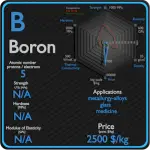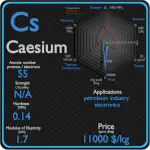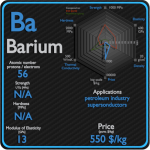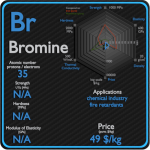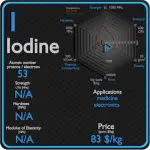This article contains comparison of key thermal and atomic properties of chlorine and caesium, two comparable chemical elements from the periodic table. It also contains basic descriptions and applications of both elements. Chlorine vs Caesium.
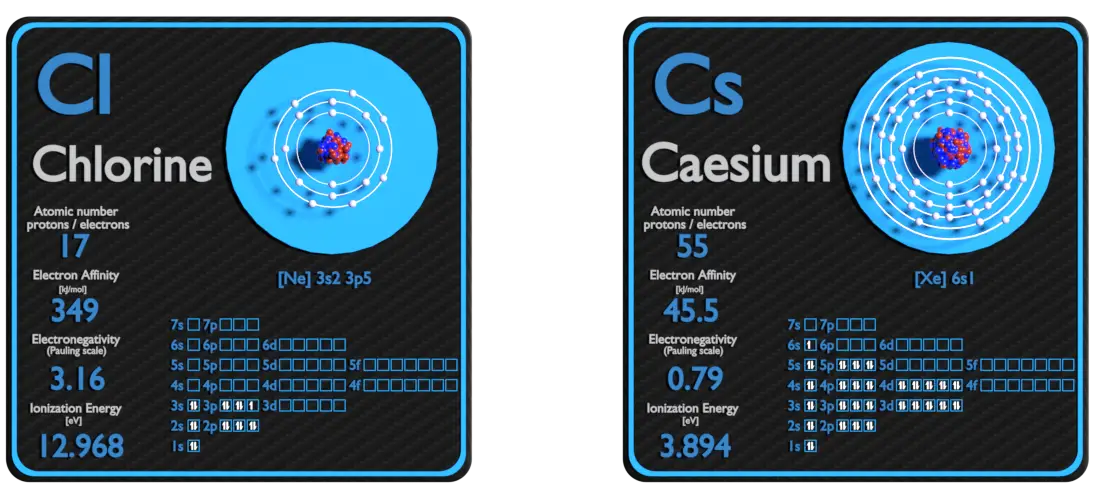
Chlorine and Caesium – About Elements

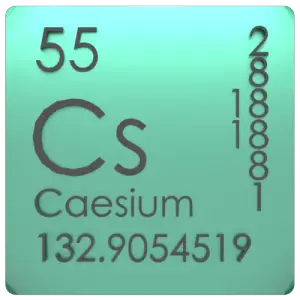
Source: www.luciteria.com
Chlorine and Caesium – Applications
Chlorine
Chlorine is used in the manufacture of a wide range of consumer products, about two-thirds of them organic chemicals such as polyvinyl chloride (PVC), many intermediates for the production of plastics, and other end products which do not contain the element. As a common disinfectant, elemental chlorine and chlorine-generating compounds are used more directly in swimming pools to keep them sanitary. While perhaps best known for its role in providing clean drinking water, chlorine chemistry also helps provide energy-efficient building materials, electronics, fiber optics, solar energy cells, 93 percent of life-saving pharmaceuticals, 86 percent of crop protection compounds, medical plastics, and much more.
Caesium
The largest present-day use of nonradioactive caesium is in caesium formate drilling fluids for the extractive oil industry. They are also used to make special optical glass, as a catalyst promoter, in vacuum tubes and in radiation monitoring equipment. One of its most important uses is in the ‘caesium clock’ (atomic clock). These clocks are a vital part of the internetand mobile phone networks, as well as Global Positioning System (GPS) satellites. Caesium-137 is a radioisotope commonly used as a gamma-emitter in industrial applications.
Chlorine and Caesium – Comparison in Table
| Element | Chlorine | Caesium |
| Density | 0.0032 g/cm3 | 1.879 g/cm3 |
| Ultimate Tensile Strength | N/A | N/A |
| Yield Strength | N/A | N/A |
| Young’s Modulus of Elasticity | N/A | 1.7 GPa |
| Mohs Scale | N/A | 0.2 |
| Brinell Hardness | N/A | 0.14 MPa |
| Vickers Hardness | N/A | N/A |
| Melting Point | -101 °C | 28.4 °C |
| Boiling Point | -34.6 °C | 669 °C |
| Thermal Conductivity | 0.0089 W/mK | 36 W/mK |
| Thermal Expansion Coefficient | N/A | 97 µm/mK |
| Specific Heat | 0.48 J/g K | 0.24 J/g K |
| Heat of Fusion | 3.23 kJ/mol | 2.092 kJ/mol |
| Heat of Vaporization | 10.2 kJ/mol | 67.74 kJ/mol |

